Geonet Soil Stabilizers Revolutionizing Construction Practices
Geonet soil stabilizers revolutionize construction practices with their unparalleled efficacy. These innovative materials serve as the cornerstone for reinforcing soil structures, preventing erosion, and fortifying stability in diverse projects. From road construction and building foundations to retaining walls, dams, and water reservoirs, geonet soil stabilizers stand as indispensable assets. Their versatile application not only bolsters load-bearing capacities but also minimizes soil degradation, reducing the need for extensive excavation. Embracing geonet soil stabilizers heralds sustainable construction, extending infrastructure longevity while curbing maintenance costs. Experience the transformative power of geonet soil stabilizers, shaping a more resilient and eco-friendly construction landscape.
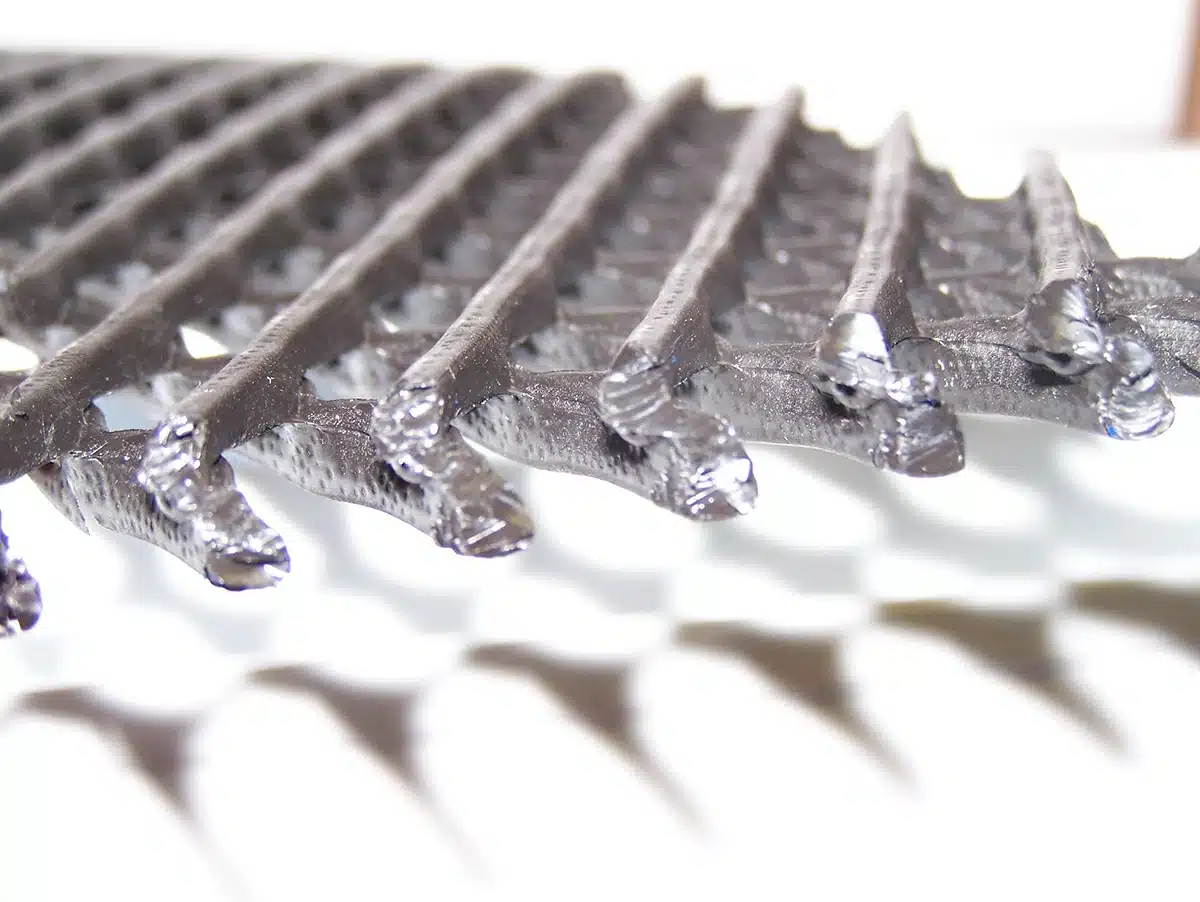
What is the importance of geonets to soil?
- Strengthening Soil: Geonets reinforce soil using grid-like HDPE or polypropylene. This grid spreads loads, boosting the soil’s strength and stopping erosion or shifts, especially in erosion-prone areas.
- Erosion Control: Geonets serve as soil stabilizers, preventing erosion and ensuring the safety of slopes and embankments, creating a stable surface that prevents soil washout during rain. This maintains landscapes and built structures.
- Enhancing Drainage: Their grid structure aids water drainage, preventing water buildup and waterlogging. This supports healthy vegetation and stable construction.
- Varied Uses: Geonets are used in road building, reducing roadbed risks and improving durability. They stabilize slopes, prevent landslides, and assist in landfill containment to prevent soil contamination.
- Sustainability: Geonets minimize soil damage, reducing excessive excavation. They’re cost-effective in construction and prevent sediment runoff into water bodies, preserving ecosystems.
What is Geonet used for?
Geonet soil stabilizers boast a wide array of applications in construction and environmental sectors, spanning road construction, road widening, and asphalt work, building construction and foundations, retaining walls, dams, artificial ponds, water reservoirs, and many more. They reinforce roadbeds in road construction, prevent landslides in slope stabilization projects, and aid in landfill engineering, ensuring waste containment and averting soil contamination. Moreover, they play a pivotal role in erosion control, efficient water drainage, and the conservation of natural landscapes.
What is the effect of geonet reinforcement on the bearing capacity of low-compacted soft clay?
Geonet reinforcement offers a substantial enhancement in the bearing capacity of low-compacted soft clay, improving it up to six times more than its natural state. By reinforcing the soil structure, geonets efficiently distribute loads, diminishing settlement risks, and significantly boosting the soil’s load-bearing capacity. This reinforcement technique effectively stabilizes the soil, fortifying it against deformation or potential failure.
Why are Geonets used?
Geonets are primarily utilized to provide drainage and reinforcement for soil, effectively preventing erosion and enhancing stability. Their application not only curtails soil degradation and excessive excavation but also fosters sustainable construction practices. Additionally, they play a key role in cost-effective solutions by prolonging infrastructure lifespan and decreasing maintenance needs.
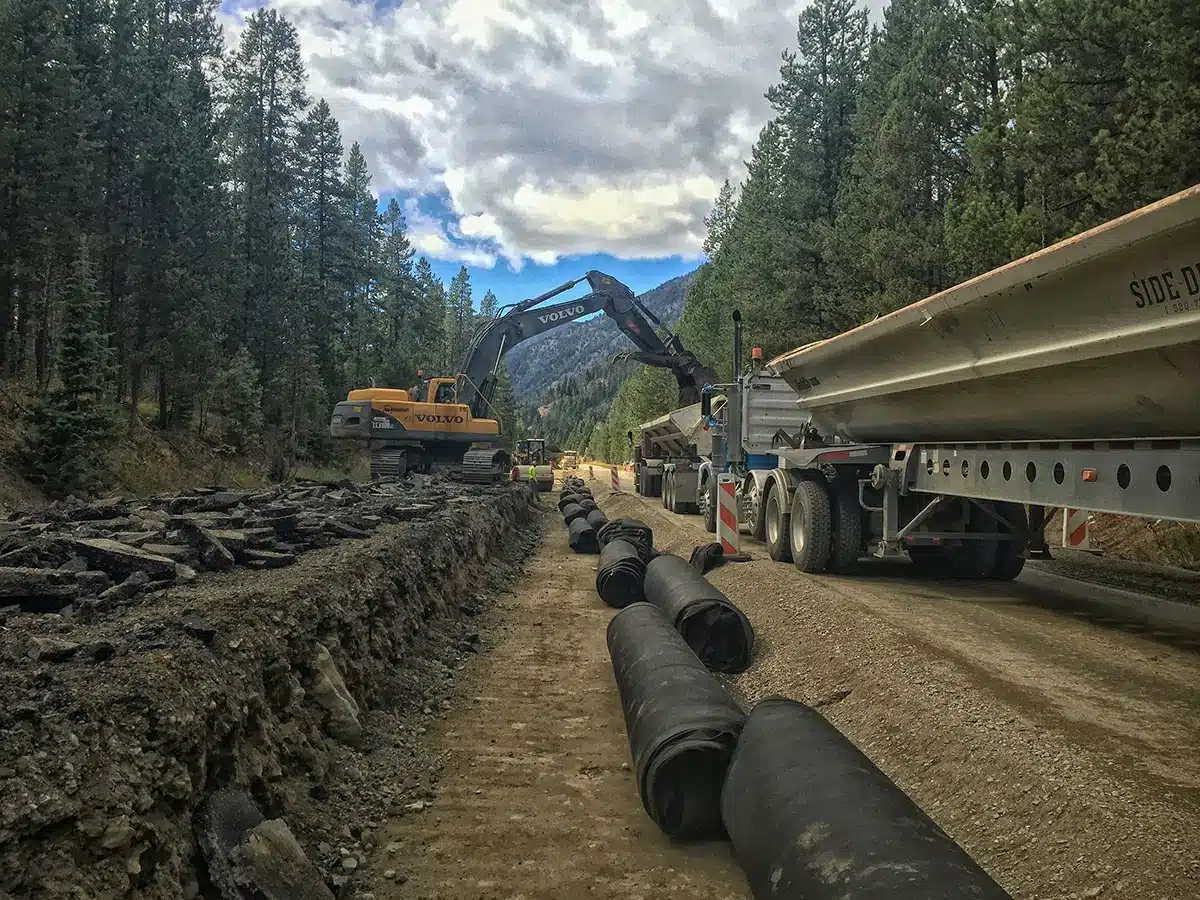
Geonets stand as indispensable elements in modern soil engineering, offering unparalleled benefits in reinforcing soil, preventing erosion, and enhancing stability. Their applications across various industries underscore their versatility and effectiveness in fostering sustainable construction practices and resilient landscapes. Understanding the significance of geonets in soil stabilization is pivotal for leveraging their potential to create robust and durable infrastructures for the future.
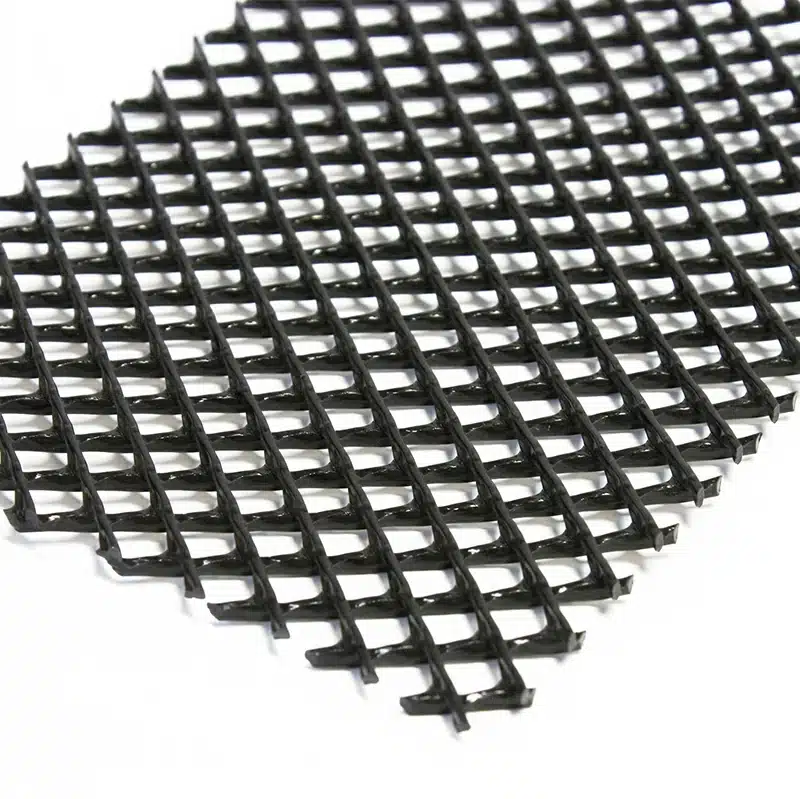
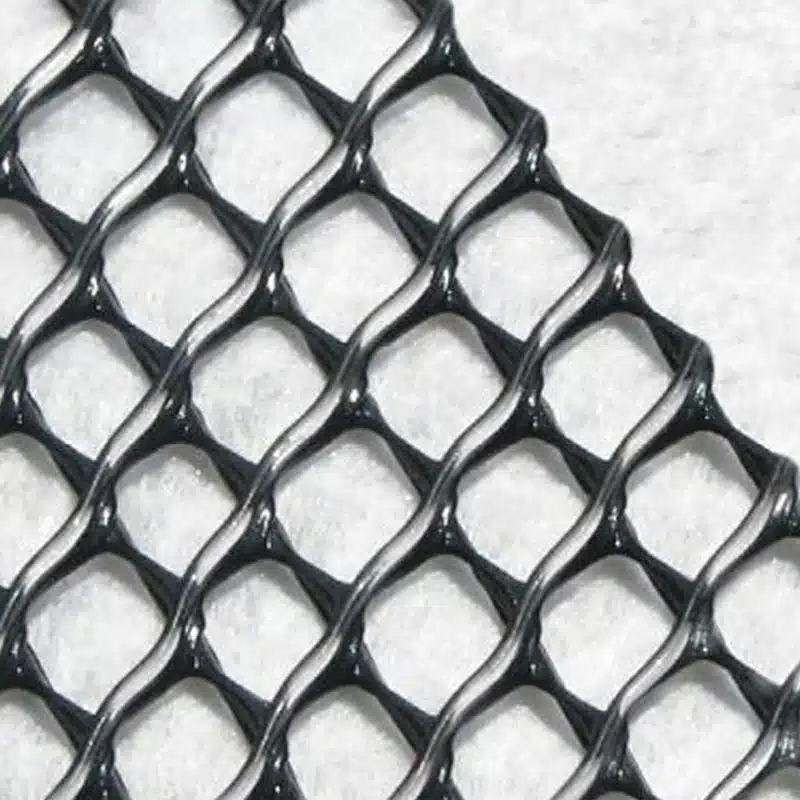
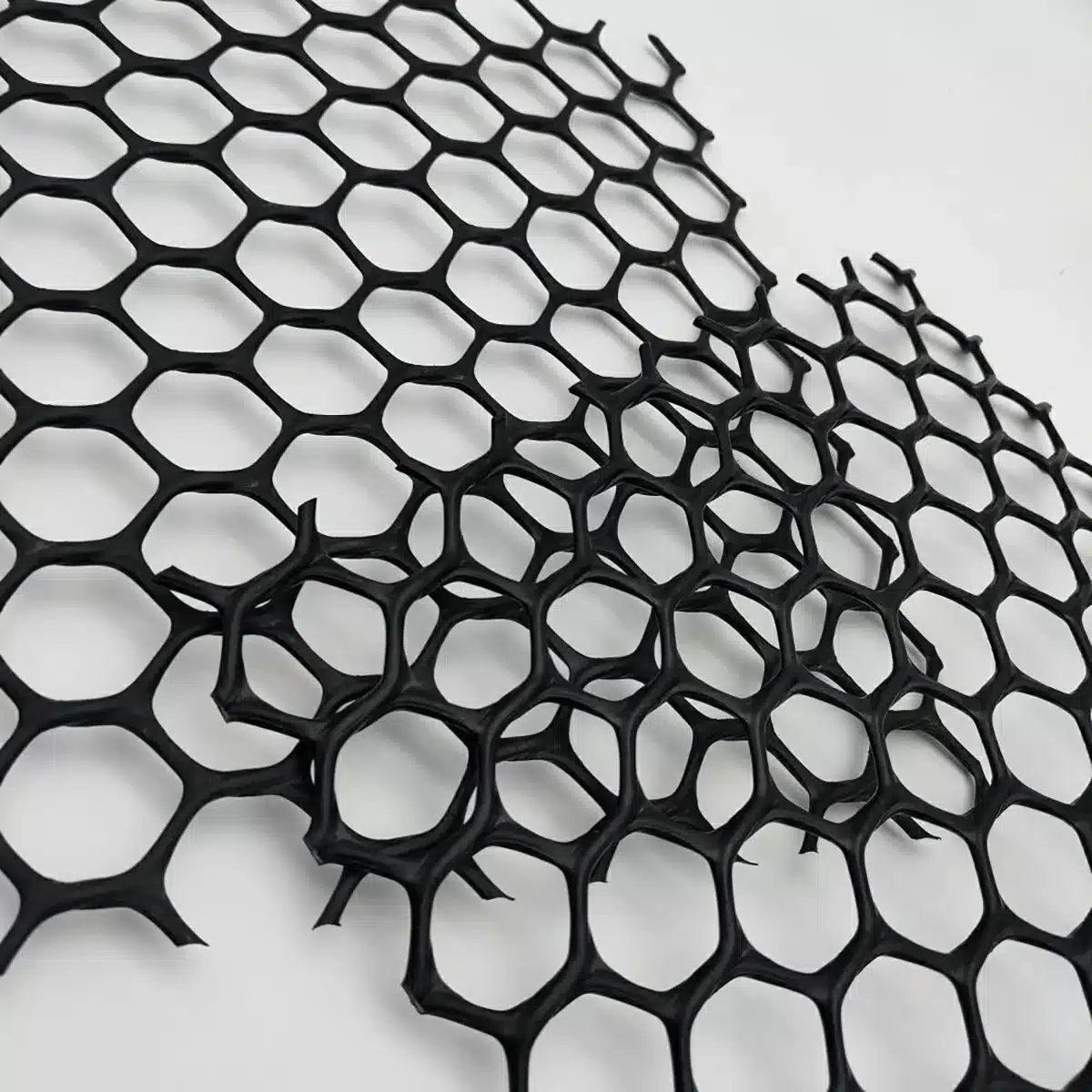
Comments
Post a Comment